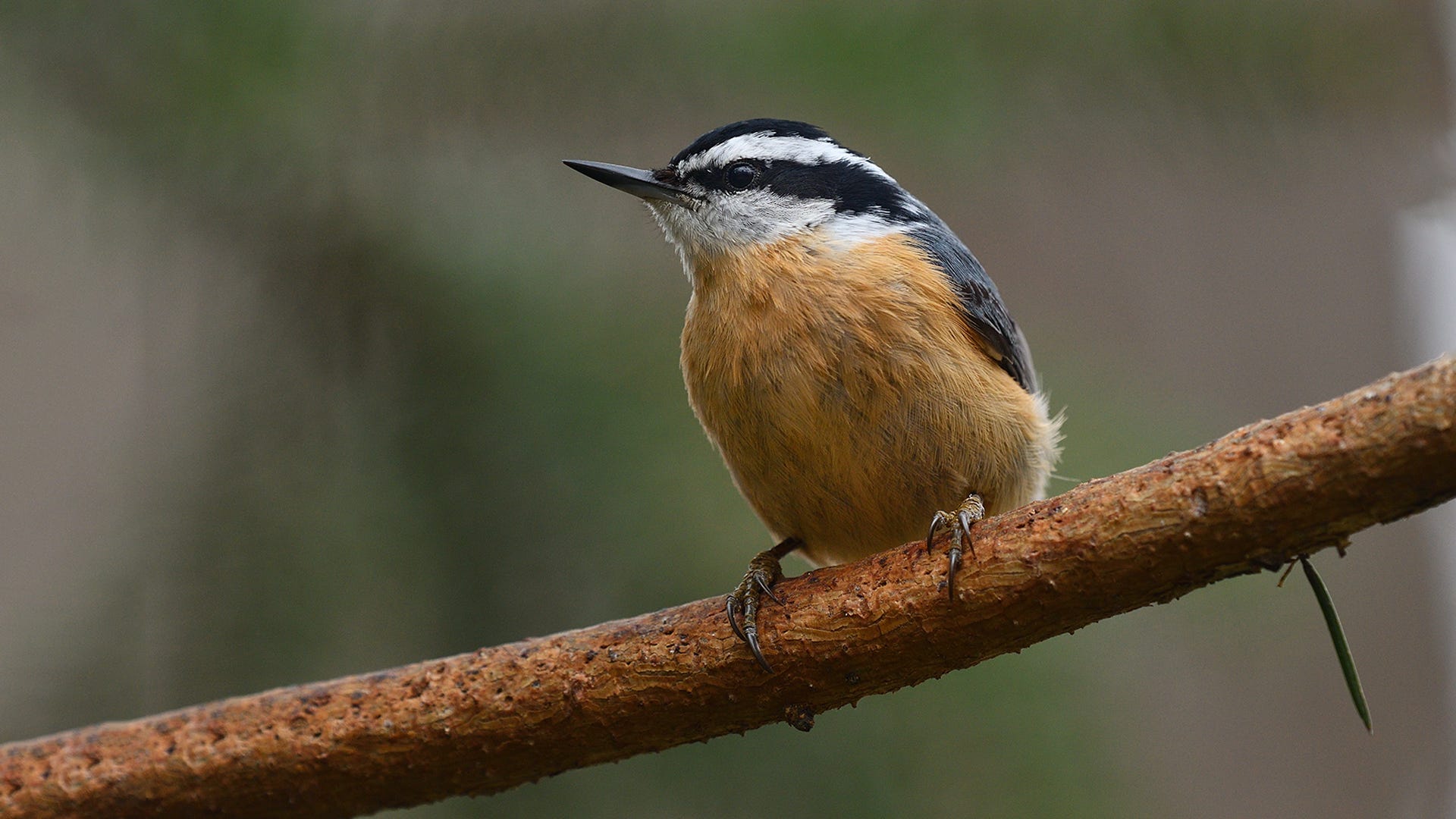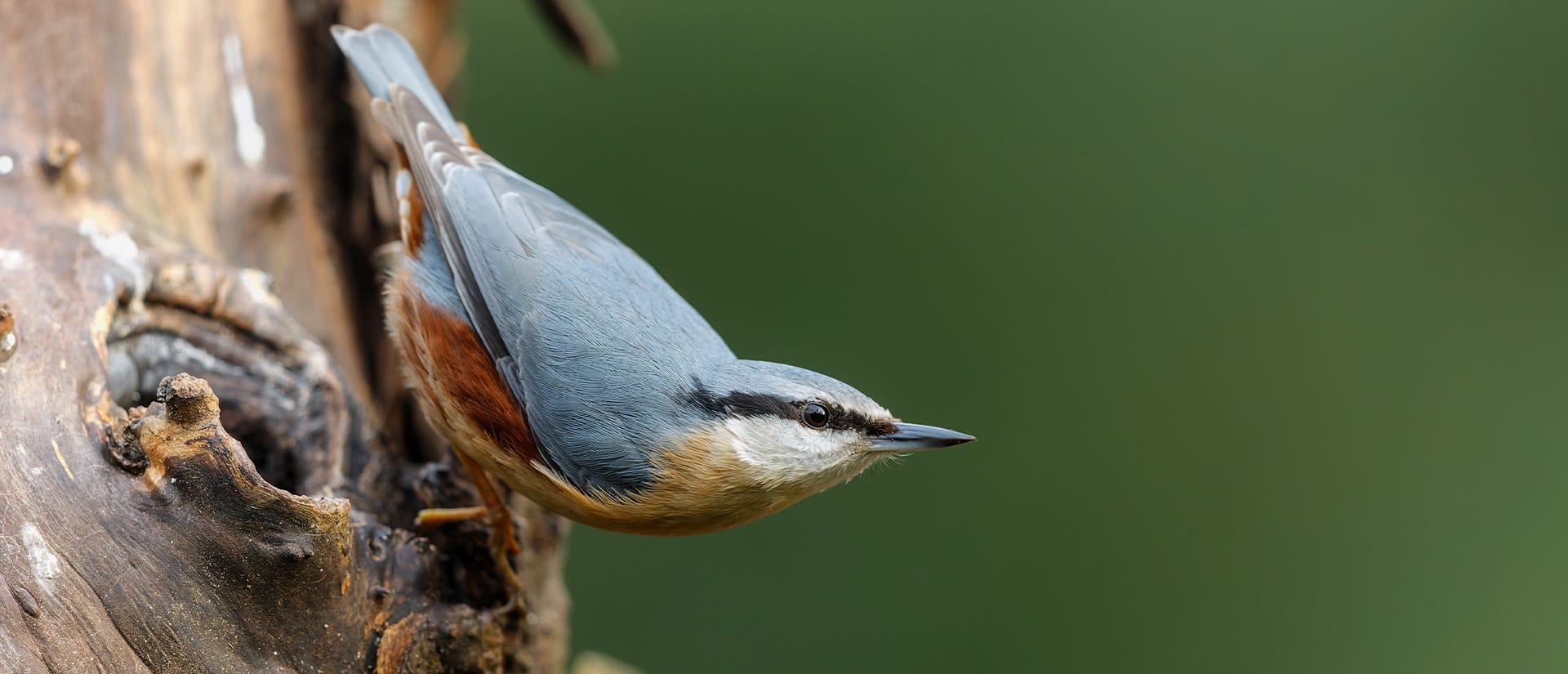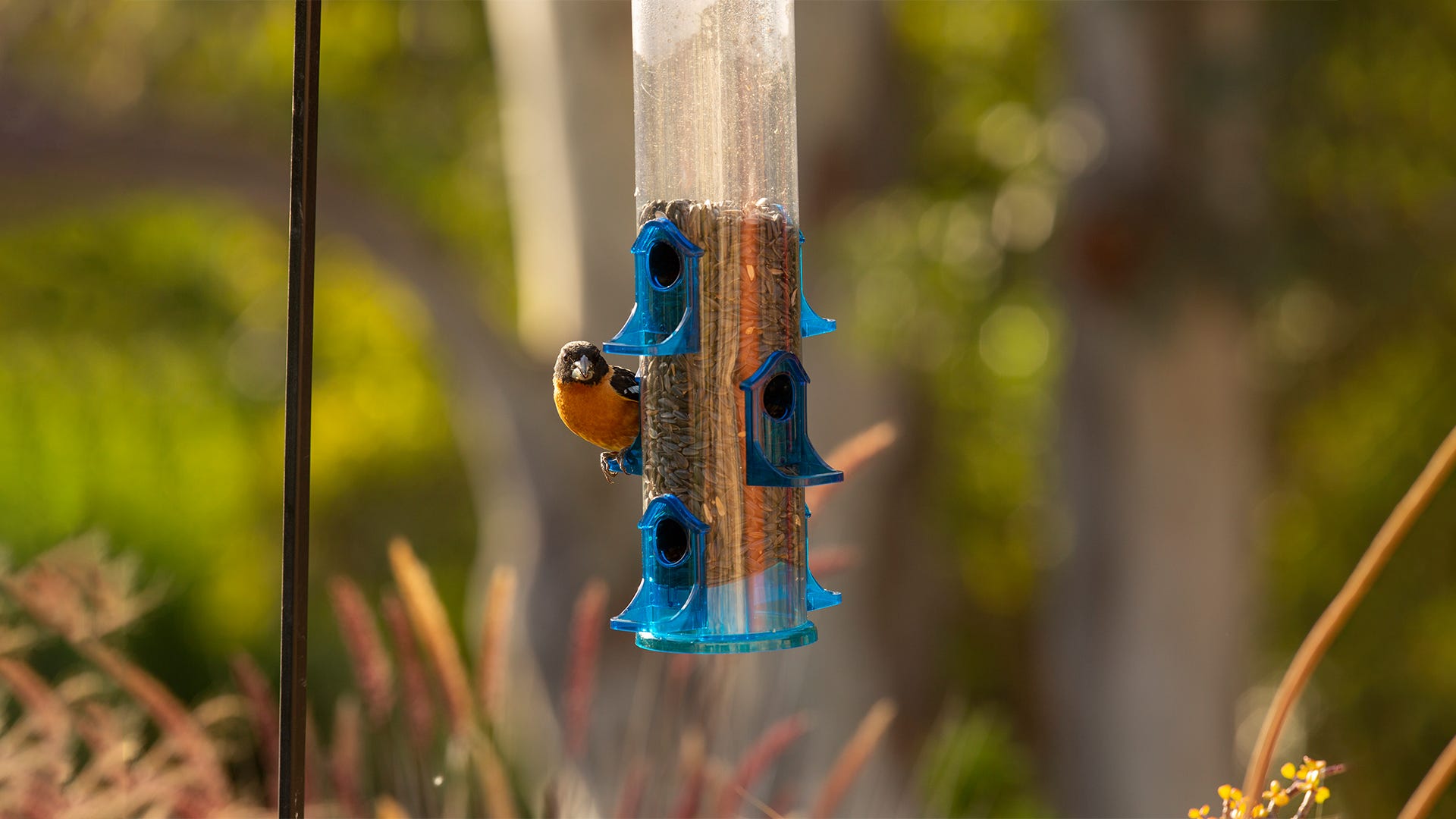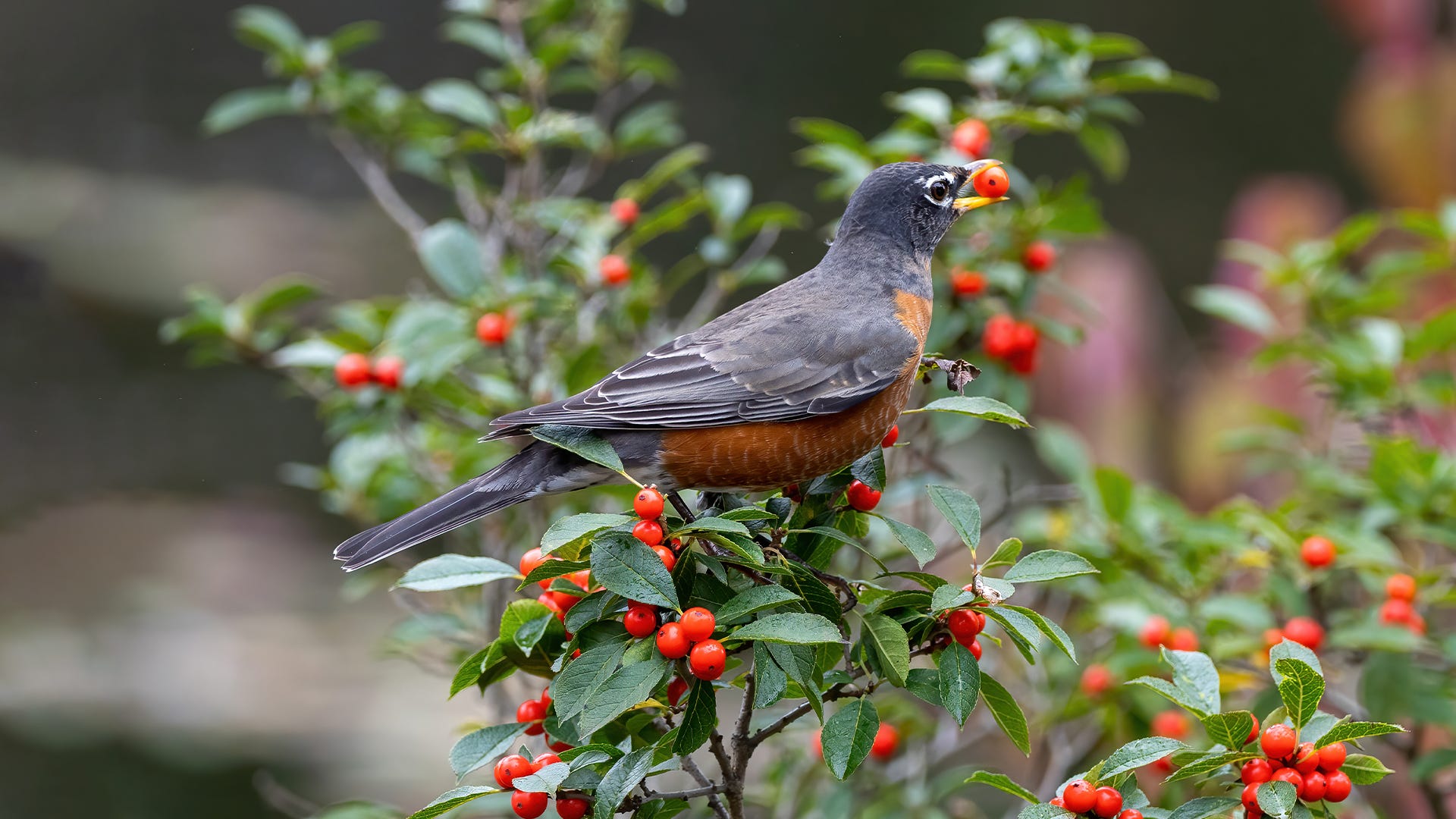
Nuthatches are energetic, curious, small birds whose acrobatic antics are always welcome in the yard and garden. By making your property nuthatch-friendly, you will soon be enjoying their visits at your feeders, bird baths, bird houses, and all through your yard.
Nuthatches You Can Attract
There are approximately 25 different species of nuthatches in the world. They are popular guests in yards, gardens, and landscapes in many areas. In North America, the white-breasted nuthatch, red-breasted nuthatch, pygmy nuthatch, and brown-headed nuthatch may all visit bird-friendly yards.
Europe has the Eurasian nuthatch, western rock nuthatch, and Krueper’s nuthatch. In Asia, the snowy-browed nuthatch is the most common and widespread species.
Despite their widespread ranges, all nuthatches have similar needs and will respond to similar techniques to attract them to the yard.
Feeding Nuthatches
The easiest way to attract any bird is to offer it a delicious buffet of its favorite treats. Nuthatches eat a wide range of insects and grubs that they glean from tree bark along trunks, leaves, and branches. Minimizing pesticides in the yard is essential to provide that food source.
They also eat seeds, so providing these types of trees in the yard, or in your bird feeder will do double duty as a varied food source. Nut-bearing trees are another favorite resource for nuthatches, and they will happily forage in hickory, hazelnut, and oak trees.
At feeders, nuthatches go nuts for sunflower seeds, both in-shell and hulled varieties. The best feeders to offer these seeds from include hopper feeders or open platforms, and nuthatches are nimble at metal mesh clinging feeders as well. In addition to seeds, they also eat live or dried mealworms, nibble at suet, and break apart whole or shelled peanuts for the tasty nuts. They will even eat peanut butter, whether it is offered at a specialized feeder or smeared directly on the trunk of a tree they visit.
Nuthatches Need Water
Clean, fresh water can help any bird feel more welcome in the yard or garden. For nuthatches, shallower baths just 1-2 inches deep are best because of the birds’ short legs. Adding a dripper, wiggler, mister, or small fountain can attract the birds’ attention with noisy splashes and visible sparkles.
These birds will also use hanging waterers similar to nectar feeders. Ideally, water sources should be placed near trees where nuthatches forage. You could also place them close to hedges or brush piles where they can easily retreat if they feel threatened.
In northern areas where nuthatches may be year-round residents, a heated bird bath is essential in fall and winter. This will keep water liquid for the birds even during dangerous cold snaps. It allows them to access fresh water without expending critical calories to melt snow or ice for moisture.

Nuthatches Need Shelter
Nuthatches are cavity-nesting birds. They need appropriate shelter for raising their chicks. They also need it for overnight roosts and to wait out bad weather. Coniferous trees are often preferred not only because they remain as sturdy shelter in the winter, but because the cones produce seeds that are a perfect nuthatch food source.
Dead trees and hollow snags should be left intact for nuthatches to use as well. These birds will readily use brush piles or thicket-like plantings to stay safe.
These small birds also easily use birdhouses of the appropriate size. For nuthatches, a birdhouse or nesting box should be 8-10 inches tall, with a square floor that is four inches per side. The entrance hole should be 1.25 inches in diameter and the house should be mounted to a sturdy tree trunk or post 5-18 feet above the ground. These birdhouses can also be cleaned and left intact through the fall and winter for the birds to use as roost boxes during cold weather.
Other Birds That Will Visit With Nuthatches
Nuthatches are social birds and often travel in mixed flocks, particularly in fall and winter when they are more likely to be visiting yards and gardens. If your yard is also attracting chickadees, tits, titmice, creepers, juncos, and small woodpeckers, you’re likely to be attracting nuthatches as well. Make these small birds welcome on your property and you’ll enjoy more diversity than ever before.







